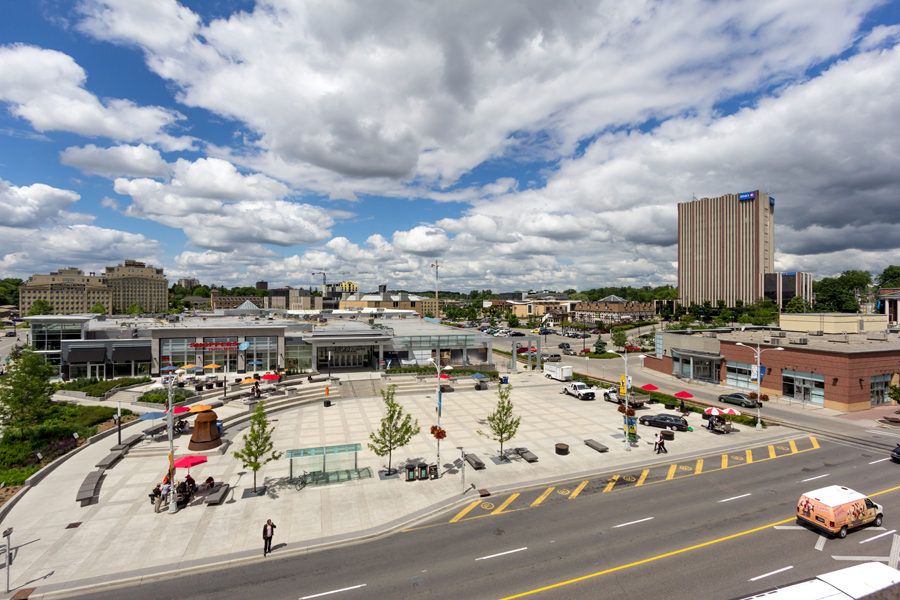
At diTHINK, expect to hear from speakers representing the span of Ontario’s innovation landscape, including builders of intelligent communities. Hear Dan Mathieson speak about the role digital infrastructure plays in building capacity for a modern and thriving municipality.
Dan, this is your fourth term as the mayor of Stratford, but many may not know that you’re also heavily involved in the intelligent community space, serving as a board member at Rhyzome Networks, and also the Governor of the Board of i-Canada. What draws you towards the intelligent community?
The need to ensure that not only my community, but all communities, understand how technology is going to play a major part in the planning, transportation, education and the economic and social development of a community.
What is the relationship between municipal collaboration and digital infrastructure? Why is that important?
Digital infrastructure, such as broadband connectivity and Wi-Fi, will be as important as electricity, sewers and water. In times past, having electricity was an economic driver, and sewage systems helped improve quality of life. Now, broadband is that economic and social driver that electricity and sewage previously were for municipalities. We’re already seeing the Internet of Things crop up with developments like vehicle-to-vehicle signalization—and digital infrastructure will be the foundation that every community can expect to upgrade to. All communities should be planning for those investments today.
In 2012, you were also chosen by the Canadian Advanced Technology Alliance (CATA) to receive the Queen Elizabeth II Diamond Jubilee Medal – congratulations! Can you tell me more about why that honour was bestowed, and why partnerships like CATA are needed to innovate well?
I was given the honour as recognition of my desire to support the Triple Helix – the coming together of government, education and business to collaborate and solve current problems and plan a vision for the future.
The conference theme is how technology enables the individual. What’s been a particularly empowering example you’ve seen of how technology supporting the individuals in the city of Stratford?
It allows individuals of any community to work around the world and it minimizes the impact geography plays with regard to social and economic development. It puts quality of life and environmental stewardship as high priorities in peoples’ choices of where to live and work. For example, I know a consultant who used to live in New York City, and now resides in Stratford. Through a strong, redundant network, this consultant can continue to work with international clients and send speaking proposals, right from his home in the small urban community of Stratford. Without technology and robust networks, we will see the hollowing out of small towns if people believe that they have to leave places like Stratford in order to advance their careers.
What would you like to see improve in the future of Ontario’s intelligent communities?
I think communities in Ontario require the development of an asset management plan for infrastructure. We need to start thinking about connectivity and smart infrastructure as a way to improve efficiency, reduce costs and enhance the quality of life for residents.
 At diTHINK, we ask you to think about how the technology-enabled citizen is already impacting your institutions today and the possibilities that this ever-growing wave of innovation could have on the way we learn, work and play. Speaker presentations will inspire us around the possibilities, as well as explore the fundamental challenges, while breakout sessions will allow you to shape the way we meet these challenges within particular sectors.
At diTHINK, we ask you to think about how the technology-enabled citizen is already impacting your institutions today and the possibilities that this ever-growing wave of innovation could have on the way we learn, work and play. Speaker presentations will inspire us around the possibilities, as well as explore the fundamental challenges, while breakout sessions will allow you to shape the way we meet these challenges within particular sectors.

